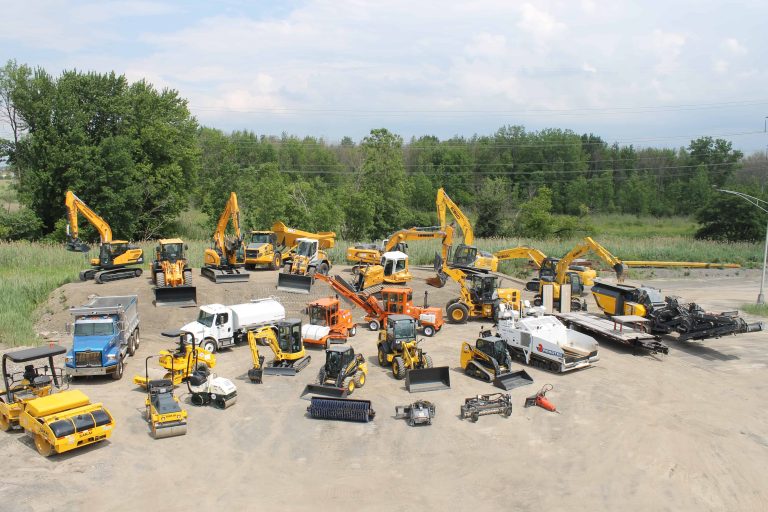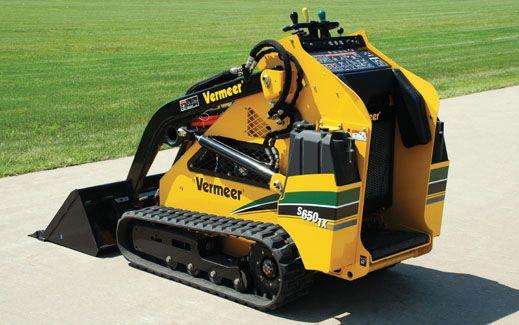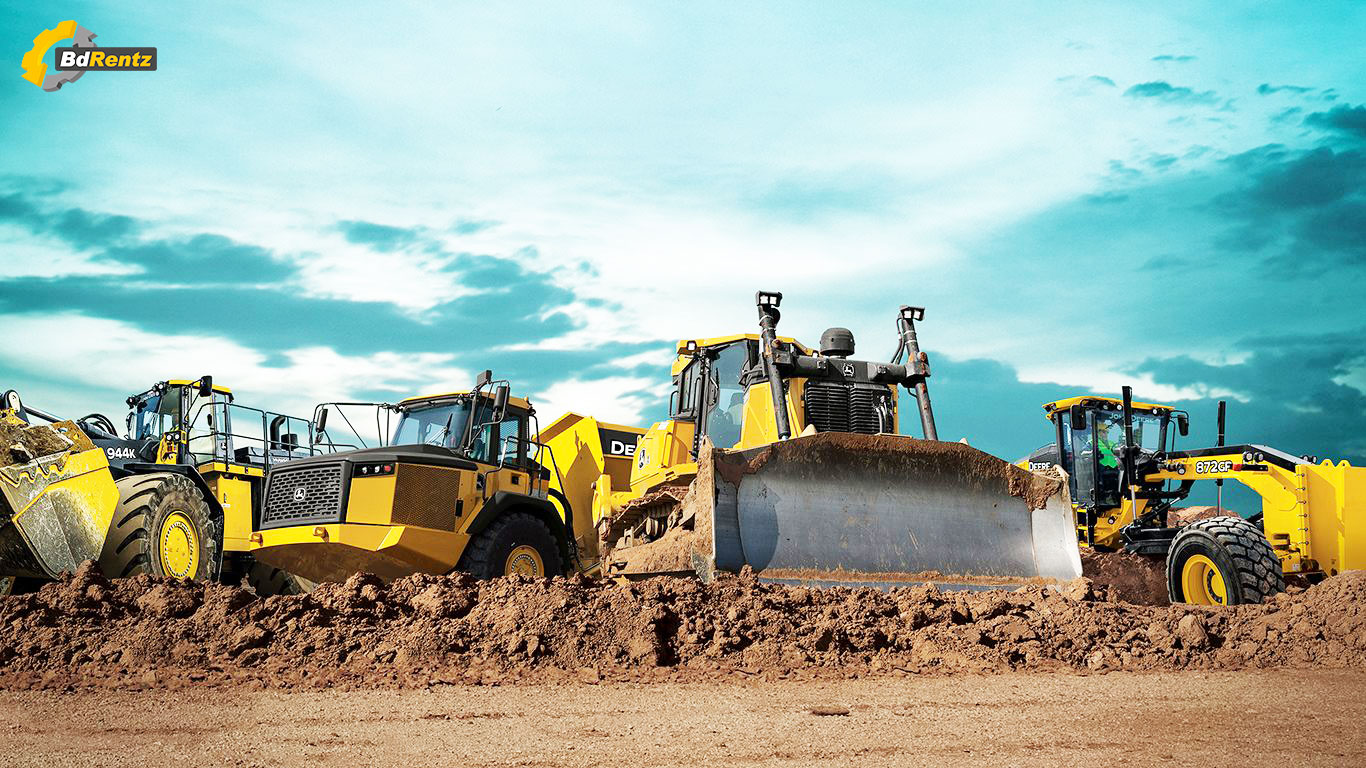Scissor Lift Rental: Safe and Efficient Raising Solutions
Scissor Lift Rental: Safe and Efficient Raising Solutions
Blog Article
Optimize Your Budget Plan by Comprehending the Prices Linked With Building Tools Leasings
Comprehending the complete extent of prices associated with building and construction tools services is vital for maximizing your spending plan. What methods can be employed to successfully handle these expenses and make certain a much more effective rental experience?
Overview of Rental Prices
When taking into consideration construction tools rentals, comprehending the linked costs is extremely important for efficient budgeting and job preparation. Rental expenses can differ dramatically based on a number of aspects, consisting of tools kind, period of leasing, and place. The first rental charge frequently reflects the tools's market demand and its connected functional abilities, influencing the overall expense.
In enhancement to the base rental rate, supplementary costs may develop, such as transportation costs, gas additional charges, and upkeep fees. It is necessary to represent these added costs to properly examine the total expense of renting out equipment. The rental period can affect prices; longer leasings might certify for affordable prices, while short-term services could sustain greater day-to-day fees.

Break Down of Rental Rates
An extensive understanding of rental rates is essential for contractors and task supervisors intending to enhance their budget plans. Rental rates for construction tools generally contain a number of parts, including base rates, time-based costs, and use fees.
Base prices are the core fees connected with the leasing of the tools, frequently figured out by the kind and dimension of the equipment. These prices can differ substantially, influenced by elements such as devices need, accessibility, and regional market fads. Time-based fees, which may be daily, weekly, or monthly, offer to fit different job timelines and rental periods.
Additionally, rental prices may include usage charges, which are relevant when tools is utilized past a defined threshold, guaranteeing that the rental company can represent wear and tear. Seasonal need fluctuations can also influence rental rates, with peak building and construction seasons typically regulating greater rates.
Additionally, understanding the rental business's policies regarding upkeep and insurance coverage can provide additional understanding into the general price structure. By examining these components, specialists can make informed decisions, making sure the option of rental devices straightens with both project demands and spending plan constraints.
Additional Fees to Think About
Comprehending the ins and outs of added costs is critical for service providers to handle their total leasing expenses effectively. Beyond the common rental prices, numerous auxiliary fees can dramatically influence the complete price of devices leasing. These charges frequently include shipment and pickup charges, which can differ based upon range and logistics associated with transferring the equipment to and from the work website.
Additionally, some rental business may impose fuel additional charges if the tools is returned with less fuel than when rented. It is also necessary to recognize prospective cleaning costs, especially for specialized equipment that calls for extensive maintenance after usage.

Completely evaluating the rental arrangement and clearing up these additional charges upfront can aid service providers prevent unexpected expenses try this out and ensure that spending plans remain undamaged throughout the project lifecycle.
Upkeep and Repair Expenditures
Routine upkeep and repair costs are frequently forgotten elements that can significantly affect the total cost of building and construction equipment leasings. When renting out tools, it is vital to think about not only the rental charges but also the possible costs related to maintaining the equipment in optimal operating condition.
Several rental business consist of standard maintenance as part of the rental contract; nevertheless, more unanticipated failures or extensive repairs can cause added expenditures. It's important to evaluate the rental contract thoroughly to recognize what upkeep solutions are covered and what responsibilities fall on the renter.
Furthermore, equipment that is not properly maintained can lead to inadequacies at work site, possibly triggering hold-ups and enhancing job expenses. To minimize these threats, it is suggested to perform normal assessments and preserve open interaction with the rental provider regarding any concerns that emerge throughout use.
Insurance and Liability Costs
Insurance and responsibility prices are important components that can considerably impact the total expenditure of building equipment services (dozer rental). These costs make certain that both the rental business and the client are shielded from prospective financial losses arising from crashes, damage, or burglary during the rental duration

In addition, clients must know any deductibles or exemptions in the insurance coverage policy, as these can impact possible out-of-pocket expenses. Comprehending the conditions of any insurance protection is vital to avoid unforeseen prices. Inevitably, budgeting for insurance coverage and obligation expenditures can help guarantee a smoother rental experience and shield versus financial threats connected with building and construction tasks.
Conclusion
In conclusion, a detailed understanding of the expenses associated with construction tools leasings is vital for effective spending plan monitoring. Inevitably, educated decision-making relating to devices leasings contributes to the overall success of building and construction ventures.
Rental costs can differ dramatically based on a number of variables, consisting of tools type, period of leasing, and location (mini excavator rental). The rental period can affect prices; longer rentals might qualify for affordable rates, while short-term services may sustain higher day-to-day charges
By performing extensive research study and engaging with reputable rental business, contractors can successfully navigate the complexities of rental rates, eventually optimizing their financial sources.
Past the conventional rental prices, various supplementary fees can dramatically impact the overall price of equipment leasing. Rental firms often give liability insurance coverage that covers injuries to 3rd parties or damage to residential or commercial property, while tools damages insurance coverage can cover the price of fixings or replacement if the rented devices is damaged.
Report this page